|
“O Christmas Tree! O Christmas Tree! Thy leaves are so unchanging! O Christmas Tree! O Christmas Tree! Such pleasure do you bring me… Each shining light each silver bell No other light spreads cheer so well… A symbol of good will and love You'll ever be unchanging… “ Photo credit: House Beautiful Do you love to decorate your beautiful Christmas Tree every year? Does it make you feel warm inside to see it all lit up and colorfully decorated? Do you ever pause to think about why we follow this tradition? Evergreen trees have traditionally been used to celebrate winter festivals (pagan and Christian) for thousands of years. Plants and trees that remain green all year had a special meaning for people in the winter. Ancient people hung evergreen boughs over their doors and windows. In many countries, it was believed that evergreens would keep away ghosts, evil spirits, and illness. The Romans used these trees to decorate their temples at the festival of Saturnalia. Christians use them as a sign of everlasting life with God as the leaves remain evergreen. Early Christmas Trees, across many parts of northern Europe, were often symbolized by the use plants or a branch of the plant, that were put into pots and brought inside so they would hopefully flower at Christmas time. People who couldn't afford a real tree or plant, made pyramids of fallen wood and they were decorated to look like a tree with candied apples, gingerbread, and candles. Sometimes they were carried around from house to house, rather than being displayed in a home. (http://www.whychristmas.com/customs/trees.shtml) There are many stories told in differing cultures about where the Christmas tree tradition began. One story suggests that first person to bring a Christmas Tree into a house, may have been the 16th century German preacher Martin Luther. According to this legend, one night before Christmas, he was walking through the forest and looked up to see the stars shining through the tree branches. It was so beautiful, that he went home and told his children that it reminded him of Jesus, who left the stars of heaven to come to earth at Christmas. To recapture the scene for his family, he erected a tree in the main room and wrapped lighted candles around the branches. And so, the modern tradition began, of bringing an evergreen tree into your house each year. Christmas trees have been sold commercially in the United States since about 1850 (http://www.history.com/topics/christmas/history-of-christmas-trees). Now, all over the world, cultures celebrate Christmas with trees. 34 to 36 million Christmas trees are produced each year in America, and 50 to 60 million are produced in Europe. The most popular trees used for Christmas are Scotch Pine, Douglas Fir, Fraser Fir, Balsam Fir, and White Pine. Different cultures decorate them differently with lights, stars, snowflakes, apples, gingerbread, gold, candles, colorful ornaments, pieces of cotton that represent falling snow, or other symbols like angels, photos, stockings, etc. For most of the Japanese who celebrate Christmas, it’s purely a secular holiday devoted to the love of their children. Christmas trees are decorated with small toys, dolls, paper ornaments, gold paper fans and lanterns, and wind chimes. Of the small percentage of Chinese who do celebrate Christmas, Christmas trees are called “trees of light," and most erect artificial trees decorated with sparkles and paper chains, flowers, and lanterns. In the Phillipines, where pine trees are hard to find and afford, a star shaped lantern ornament, called a parol, is made out of bamboo and covered in brightly colored rice paper. They are placed in each window, representing the Star of Bethlehem. Tree Pose In ancient India, holy men called sadhus would meditate in Tree Pose (Vrksasana) for long periods of time as a practice of self-discipline. It is a standing balancing posture that strengthens the ankles, knees, calves, and quads. This posture also gently opens the hips, aligns the spine, and improves balance, coordination and concentration. To get into the pose, with your hands on your hips, lean your weight onto your right foot. Check to see that your weight is evenly balanced over the four corners: both sides of your heal, both sides of the ball of your foot. Place your left heal just above your right ankle. If this feel solid, slide your left foot to rest on your right calf, avoiding your knee. If you want to take it further, place your left heal into your upper inner thigh. Fully engage your right leg by pressing back into your left foot, without hyperextending your knee. Find a neutralized pelvis so that your hips are squared forward and your spine is long (try not to round or hunch your back as well as overarch). Send your shoulder blades down and together on your back, while you tuck in your core and lower ribs. Finally reach your arms overhead. Then, of course, gently place your left foot down and repeat on this side. Did you know that there is a common denominator around the world's major winter’s holidays? All of these celebrations include light which translates to unity and love. Many tribal groups celebrate the winter solstice as the invitation to let light and longer days back into the Northern Hemisphere. The Yuletide festivities include partially burning a log on the winter solstice and keeping that log in your house all year to bring magical powers. The three wise men followed a bright star to lead them to baby Jesus. Jews around the world celebrate Chanukah, a wintertime “festival of lights,” with a nightly menorah lighting and special prayers. Diwali is the Hindu festival of lights celebrated every year. One of the major festivals, it spiritually signifies the victory of light over darkness, good over evil, knowledge over ignorance, and hope over despair. Further, Kwanza also celebrates life and the 7 principles through lighting 7 candlesticks. In Scandinavia, Saint Lucy’s day is celebrated with wreaths of candles worn as headpieces. Saint Lucy brought food to the martyr Christians who were hiding in the catacombs. The bright headpiece illuminated the way of love. In addition, the Lady of Guadelupe is a symbol of unification between many different religions in Mexico. She is honored during this time of year and depicted wearing a bright golden crown that creates a circle of light around her entire being. Further, the crescent moon is a symbol for Ramadan as it determines the one month of fasting from New Moon to New Moon on the Islamic calendar. Fasts begin at dawn and last till dusk, and so the moon is shines as the light through darkness and represents the time available for eating and prayers. Are you also an omnist, a person who does not claim any one religion but finds truth in them all?
0 Comments
Your comment will be posted after it is approved.
Leave a Reply. |
Hannah Faulkner
|
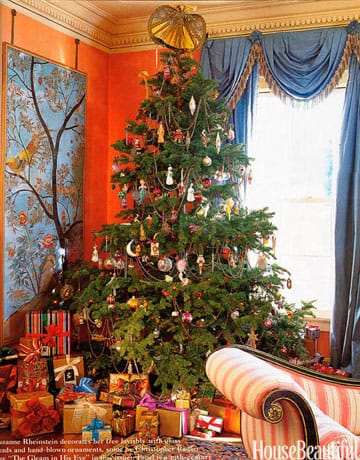



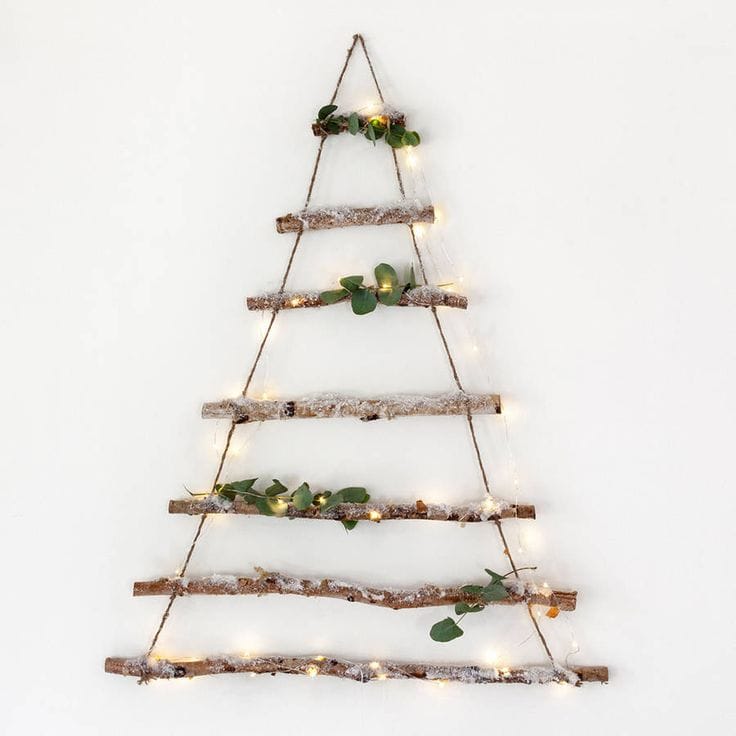

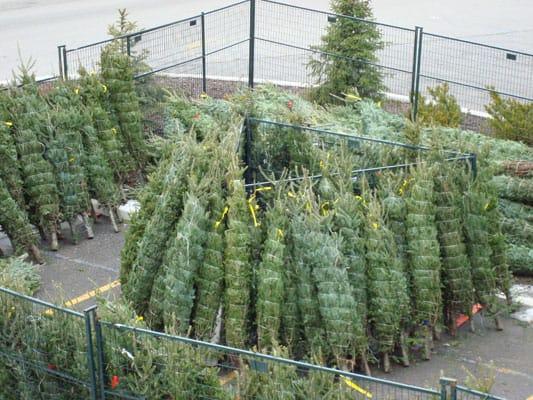






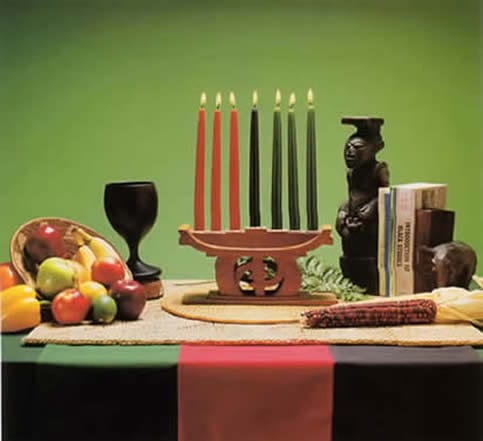


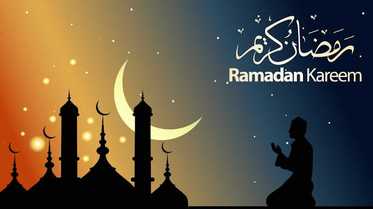
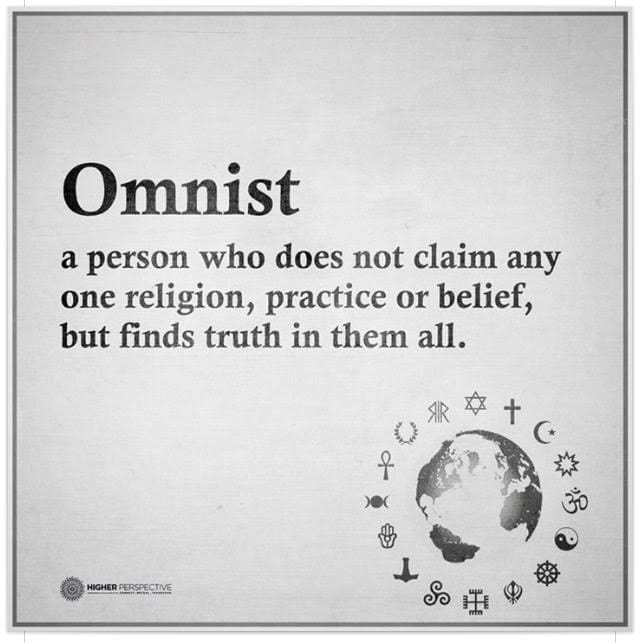












 RSS Feed
RSS Feed